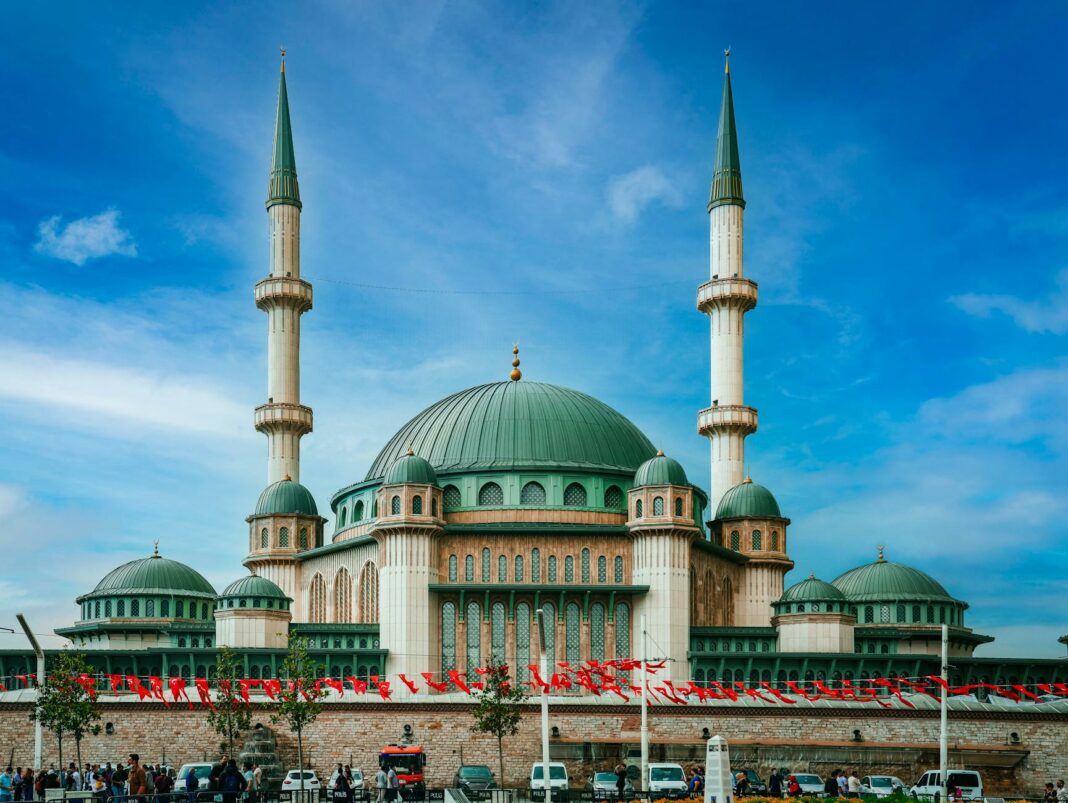Table of Contents
- Spiritual Connection
- Search for Meaning
- Community Bonding
- Cultural Exploration
- Transformative Experience
- Impactful Journeys
- Final Thoughts
Introduction
Many people across the globe embark on pilgrimages to sacred sites, driven by diverse motivations ranging from spiritual growth and community connections to cultural experiences. These journeys are transcendent, often marking pivotal moments in individuals’ lives. By exploring the myriad reasons behind this phenomenon, one captures the essence of human experience in its quest for something greater.
The allure of pilgrimage sites radiates with a magnetic pull, drawing millions to embark on journeys that are rich in history and deeply personal significance. Amidst the hustle and bustle of everyday life, an escape to such sacred spaces provides an opportunity for reflection and renewal, transforming mere travel into profound experiences.
Spiritual Connection
At the heart of every pilgrimage lies a yearning for spiritual connection. For countless individuals, visiting a sacred site is not simply about reaching a destination; it is about forging an intimate bond with the divine. This spiritual exploration often leads to extraordinary moments of enlightenment and self-discovery. As travelers stand in the presence of ancient temples or holy shrines, they become enveloped in an atmosphere charged with reverence and devotion.
Moreover, pilgrims frequently report transformative experiences as they seek deeper meaning in their lives. These moments of connection often translate into heightened awareness and a renewed commitment to personal beliefs. The ceremony of pilgrimage itself can serve to ignite one’s faith, creating a profound sense of purpose that resonates long after the journey concludes.
Search for Meaning
In a world brimming with distractions, many people find themselves on a quest for meaning and clarity. Pilgrimage offers an opportunity to step away from the daily grind and ponder life’s most pressing questions. Individuals often embark on these journeys in search of answers, guidance, or simply a better understanding of their own spiritual path.
Experiencing sacred sites can spark profound insights into purpose and fulfillment. Whether it’s standing atop a mountain that has evoked centuries of devotion, or meandering through ancient ruins, these experiences catalyze introspection. Furthermore, engaging in rituals or practices unique to each site can deepen one’s understanding of spiritual traditions and encourage a personal dialogue with faith that transcends the ordinary.
Community Bonding
Another compelling reason why people flock to pilgrimage sites is to foster connections with like-minded individuals. The communal aspect of a pilgrimage enhances the experience, inviting camaraderie and shared stories. Travelers often bond over their personal motivations and stories, weaving a tapestry of experiences that deepen their understanding of each other’s journeys.
These interactions, whether through group prayers, shared meals, or simply walking together, create lasting friendships that can transform a simple journey into a collective adventure. The shared purpose inspires individuals to support and uplift one another, thereby reinforcing the communal spirit found in many sacred traditions. Ultimately, these connections not only enrich the pilgrimage experience but also leave a lasting impact on individuals’ lives.
Cultural Exploration
Pilgrimages are not solely about spiritual awakening; they also provide a rich opportunity to explore diverse cultures. Travelers immerse themselves in new customs, languages, and traditions that accompany these sacred sites. Visiting a temple in India or a cathedral in Europe invariably allows one to engage with the local populace, gaining insights that are often absent from mainstream tourism.
Through cultural engagement, pilgrims broaden their perspectives and develop a deeper appreciation of humanity. They are often struck by the ways in which spirituality manifests differently across cultures, each site offering unique practices and histories. With every encounter, travelers gather rich narratives that connect them to the world in a more profound way.
Transformative Experience
Many individuals describe their pilgrimage as a once-in-a-lifetime transformative experience. Each step taken along the journey is often laden with intention and significance, leading to personal revelations and emotional healing. The act of pilgrimage itself can be therapeutic, inviting participants to confront their fears, celebrate personal victories, and find closure in unresolved experiences.
This transformational process can significantly alter one’s outlook on life. Upon returning home, many pilgrims find that their perceptions have shifted, bringing about renewed enthusiasm for daily life. The memories forged in sacred environments become cherished treasures, nurturing growth long after the physical journey has ended.
Impactful Journeys
The impact of pilgrimage extends far beyond the immediate experience; it often results in actions that promote positive change within communities. Pilgrims, inspired by their journeys, frequently take it upon themselves to engage in acts of service or advocacy. This ripple effect transforms personal journeys into collective movements, benefitting those in need.
Moreover, awareness is cultivated through storytelling. Pilgrims share their experiences with others, inspiring them to consider their own spiritual voyages. This is where the beauty of pilgrimage shines—it’s not just about an individual journey but about creating a shared legacy that influences generations. The teachings, revelations, and connections formed have far-reaching consequences, uplifting not only individuals but also the communities they return to.
Final Thoughts
The reasons behind the millions who flock to sacred pilgrimage sites are both diverse and compelling. These journeys offer a unique blend of spiritual connection, personal growth, community bonding, and cultural exploration. Each pilgrimage has the potential to be transformative, elevating mere travel into a meaningful quest for understanding and connection.
As we contemplate the motivations that drive people to sacred places, we celebrate the rich tapestry of human experience, where every journey speaks to the universal search for meaning and belonging.
FAQ
What types of pilgrimage sites are there?
Pilgrimage sites can vary widely, ranging from religious landmarks to natural wonders. Some popular sites include the Camino de Santiago in Spain, Mecca in Saudi Arabia, and the Ganges River in India.
Do you need to be religious to go on a pilgrimage?
Absolutely not! Many people embark on pilgrimages for personal exploration, cultural experiences, or simply as an adventure. The motivations can be as diverse as the pilgrims themselves.
What should I prepare for a pilgrimage?
Preparation often includes spiritual research about the site, physical training if it’s a long trek, and packing essentials like water, first-aid items, and appropriate clothing for various weather conditions.
Are there health benefits to embarking on a pilgrimage?
Yes, many people find that pilgrimage can have physical, mental, and emotional health benefits, including stress reduction, improved fitness levels, and enhanced emotional well-being stemming from the immersive experience.
How long do pilgrimages typically last?
The duration of a pilgrimage can vary significantly, lasting anywhere from a few days to several months, depending on the destination and personal goals of the traveler.
Image Credit: Pexels





